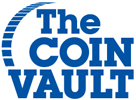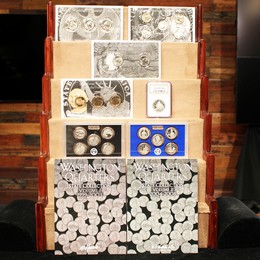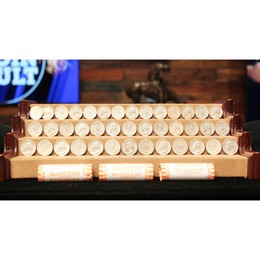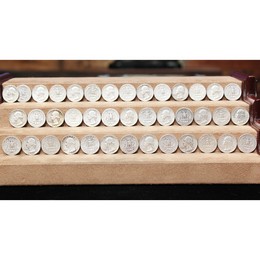Washington Quarters

Washington Quarters
The Washington Quarter debuted in 1932, showcasing George Washington's portrait on the obverse and an eagle on the reverse, designed by John Flanagan. This introduction, which was made to honor the 200th anniversary of George Washington's birth, marked a new era in U.S. currency, combining historical reverence with artistic craftsmanship. Originally minted as silver Washington quarters with 90% silver, the quarter switched to a copper-nickel composition in 1965 due to rising silver costs. The State Quarters program launched in 1999 further diversified the design, celebrating each state with unique motifs.
Design Features and Specifications
The Washington quarter's design, first issued in 1932, prominently features George Washington's profile, crafted by John Flanagan. This iconic image has remained constant, symbolizing the enduring legacy of America’s first president. The reverse side has evolved, showcasing varied representations from the classic eagle to contemporary depictions of states and national parks, such as the America the Beautiful series.
Materials have varied, with the quarter initially made of 90% silver and 10% copper, transitioning to a clad composition in 1965, featuring a pure copper core sandwiched between copper-nickel layers. This change aimed for cost-effectiveness while preserving durability and appearance. Silver Washington quarters, especially pre-1965, are sought after for intrinsic value.
Building a valuable Washington Quarter collection requires knowledge of key dates and varieties. Notable key dates include the 1932-S and 1932-D quarters, coveted for their limited mintage, and the rare 1950-D quarter, with few released into circulation. Collectors focus on these dates for coins of significant value.
Rare varieties and mint marks greatly influence a quarter's desirability. The 1936 doubled die quarter is a prime example of a rare variety commanding premium prices. Mint marks indicating production locations—San Francisco (S) or Denver (D)—can elevate a quarter's value compared to Philadelphia counterparts.






